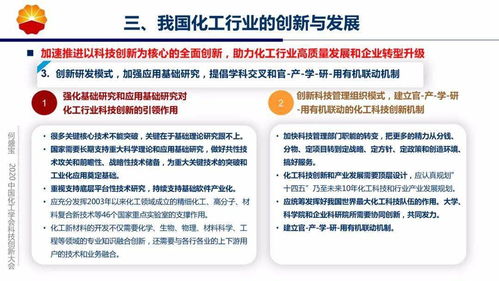幼儿心理学
Title: Understanding Child Development Psychology: A Comprehensive Guide
Child development psychology is a multifaceted field encompassing various stages of growth, cognition, emotion, and behavior in children. Understanding these aspects is crucial for parents, educators, and caregivers to support healthy development effectively. This presentation aims to delve into the key concepts of child development psychology, providing insights and practical guidance for fostering positive growth in children.
Introduction to Child Development Psychology
Child development psychology focuses on the biological, psychological, and social processes that shape children's growth from infancy to adolescence. It encompasses several domains:
1.
Physical Development:
This includes changes in body size, proportions, and motor skills. Milestones such as crawling, walking, and puberty fall under this domain.2.
Cognitive Development:
Cognitive development involves the growth of thinking, reasoning, and understanding. Jean Piaget's stages of cognitive development offer valuable insights into how children perceive and interact with the world.
3.
Social and Emotional Development:
Children develop social skills, selfawareness, empathy, and emotional regulation through interactions with caregivers, peers, and their environment.4.
Language Development:
Language acquisition is a crucial aspect of child development, impacting communication, literacy, and cognitive abilities.Key Theories in Child Development Psychology
1.
Piaget's Theory of Cognitive Development:
Piaget proposed four stages of cognitive development—sensorimotor, preoperational, concrete operational, and formal operational—highlighting how children construct knowledge through experiences.2.
Erikson's Psychosocial Development Theory:
Erikson outlined eight stages of psychosocial development, emphasizing the importance of resolving conflicts at each stage to foster healthy personality development.3.
Attachment Theory (John Bowlby):
Attachment theory emphasizes the significance of secure attachments between caregivers and children for emotional and social development. Mary Ainsworth further categorized attachment styles into secure, anxiousavoidant, and anxiousresistant.4.
Social Learning Theory (Albert Bandura):
Bandura's theory emphasizes the role of observation and imitation in learning, highlighting how children acquire behaviors through modeling and reinforcement.Practical Implications for Parents and Caregivers
1.
Provide a Nurturing Environment:
Create a safe, supportive environment where children feel valued and loved. Positive interactions and consistent routines foster a sense of security.2.
Encourage Exploration and Play:
Offer opportunities for children to explore their surroundings, engage in imaginative play, and discover new interests. Play is crucial for cognitive, social, and emotional development.3.
Promote Positive Discipline:
Use gentle discipline techniques that focus on teaching rather than punishment. Set clear boundaries, offer explanations, and reinforce positive behavior to foster selfdiscipline and empathy.4.
Foster Language and Communication:
Read to your child regularly, engage in conversations, and encourage storytelling. Languagerich environments support literacy development and cognitive skills.Educational Strategies for Teachers
1.
Differentiated Instruction:
Recognize individual differences in learning styles, abilities, and interests. Adapt teaching strategies to accommodate diverse needs and provide opportunities for growth and success.2.
Promote Collaborative Learning:
Encourage peer interactions, group activities, and cooperative learning experiences. Collaboration enhances social skills, communication, and problemsolving abilities.3.
Provide Constructive Feedback:
Offer specific, constructive feedback that focuses on effort, progress, and improvement. Encourage a growth mindset where mistakes are viewed as opportunities for learning and growth.4.
Create a Positive Classroom Climate:
Cultivate a supportive, inclusive classroom environment where all students feel respected, valued, and empowered to participate. Foster a sense of belonging and community.Conclusion
Understanding child development psychology is essential for promoting optimal growth and wellbeing in children. By applying the principles and theories discussed in this presentation, parents, educators, and caregivers can create nurturing environments, support cognitive and emotional development, and empower children to reach their full potential.
Childhood is a critical period of rapid growth and development, and investing in children's holistic development lays the foundation for a brighter future.











